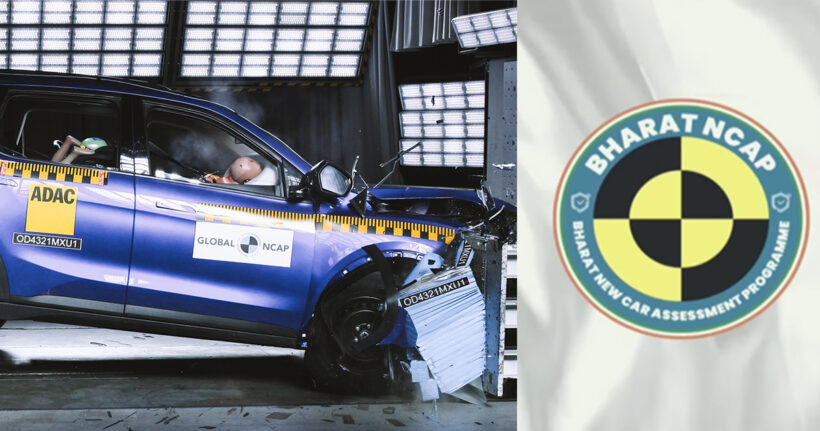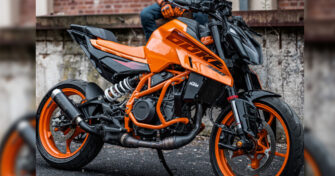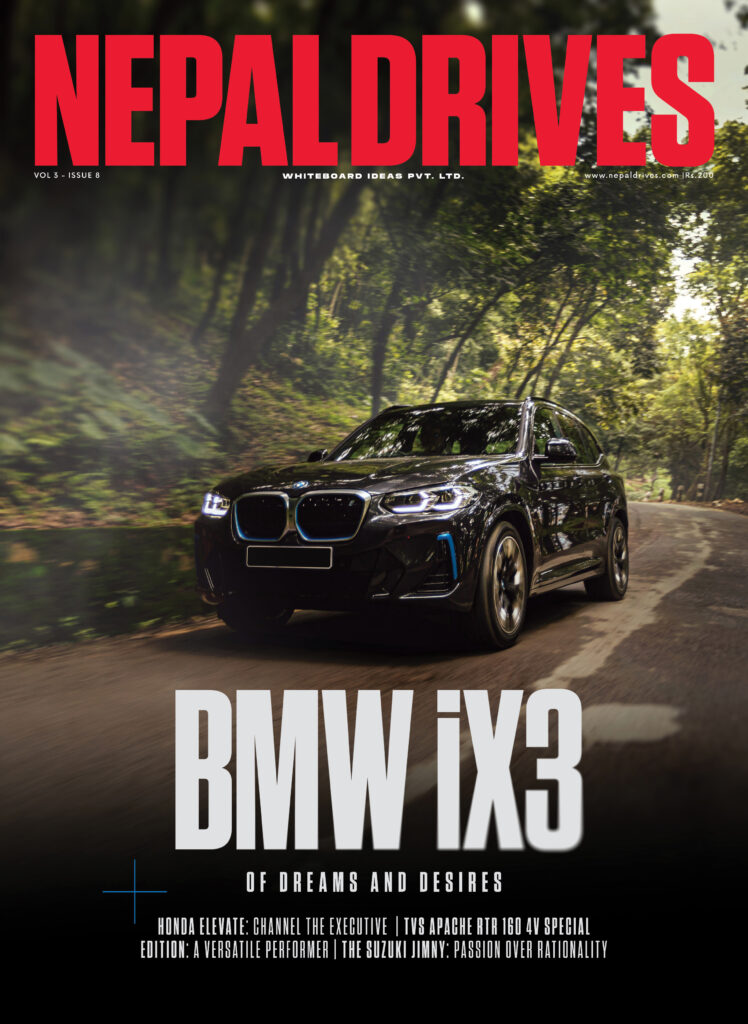Bharat NCAP, India’s Own Crash Testing Safety Programme, Launched
Share



India has got its own crash safety assessment system, Bharat New Car Assessment Programmer (Bharat NCAP). With the launch of Bharat NCAP, India has become the fifth country in the world to have its own car crash test rating structure.
The programme aims to provide a tool for car customers to make a comparative assessment of the crash safety of motor vehicles available in the market. Under this programme, car manufacturers can voluntarily offer their cars tested as per Automotive Industry Standard (AIS) 197. Based on the performance of the car in the tests, a car will be awarded star ratings for Adult Occupants (AOP) and Child Occupant (COP). Potential car customers can refer to these star ratings to compare the safety standards of different vehicles and accordingly make their purchase decision.
This programme is a significant step forward in the Indian Government’s commitment to improving road safety by raising the safety standards of motor vehicles up to 3.5 tonnes in India. The high safety standards can help Indian cars compete better in the global market and increase the export potential of Indian car manufacturers, according to the Indian government.
Bharat NCAP enables automobile manufacturers to voluntarily submit their vehicle models for crash testing along with safety evaluation. Furthermore, the Bharat NCAP is authorised to independently acquire vehicle models at random from dealerships for crash tests and safety level assessments.
Three different categories of vehicle crash tests will be used by the Bharat New Car Assessment Programme (NCAP). They will involve a frontal impact test, a side impact test, and a pole side impact test. As per the Indian government’s Automotive Industry Standard (AIS-197), the test speed for the frontal impact test will be 64km/h, whereas the side impact and the pole side impact tests will be conducted at a speed of 50km/h and 29km/h, respectively.
The crash safety program will contain testing facilities for CNG and electric vehicles in addition to the usual internal combustion engine-powered cars and trucks that run on gasoline and diesel.
The Indian government aims to implement the programme from October 1, 2023.









